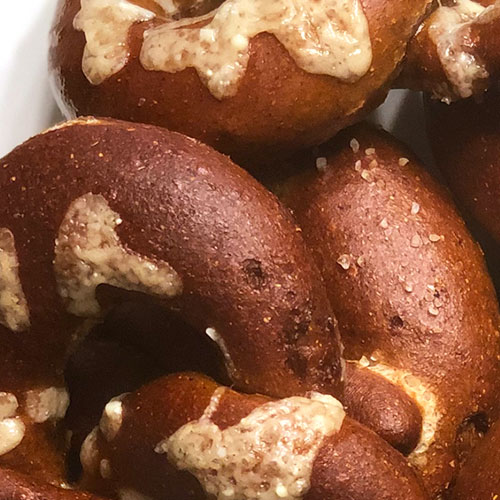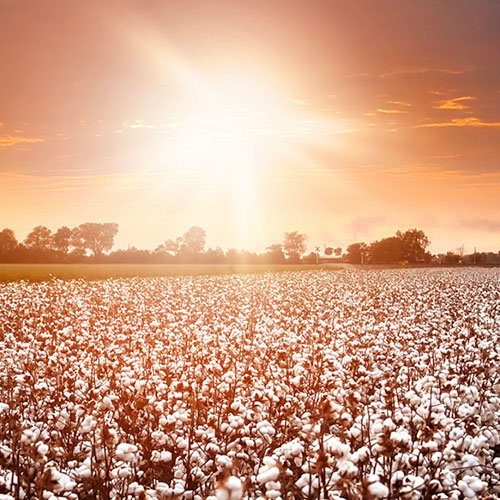Serves 4-6
Pork steak is a Midwest classic that most home cooks just grill, which is a fine way to get good outdoor flavor from an inexpensive cut of meat. We give ours a special reverse-sear treatment: first, dusting the steaks lightly with dry rub, then infusing with the gentle smoke of applewood, next grilling, and finally mopping with sauce and caramelizing them over direct fire.
As commonplace as they are in the Midwest, pork steaks are not usually found in grocery meat cases elsewhere, but obtaining them is as easy as asking your butcher to cut them from the butt end of a pork shoulder—specify 1-inch-thick steaks that weigh about a pound apiece, since this is the optimal size for taking on smoke. The steaks can be smoked a day or two in advance and finished on the grill just prior to serving. You can even freeze a pile of smoked steaks for up to 1 month, then pull them out, thaw, and grill as needed.
Ingredients
- 4-6 bone-in pork steaks (about 1 pound each)
- Homemade or store-bought dry rub, such as Magic Dust
- Sweet, thick barbecue sauce, such as Apple City Red
- 1-3 lb. high-quality lump charcoal
- 1 small (8-inch) piece of applewood, or 2 store-bought chunks
Preparation
Lightly sprinkle the pork steaks with dry rub on both sides. Set the steaks on a baking sheet, cover them with plastic wrap, and refrigerate until you’re ready to put them on the cooker, at least 1 hour and up to 4.
Set up the cooker for indirect-heat smoking: Open the top and bottom vents. Load a charcoal chimney one-quarter full of charcoal and light it. When the coals in the chimney are glowing, replace the grate and put the steaks over the side with no coals (the indirect cooking area). Close the lid.
Don’t open the cooker for 15 minutes, but keep a close eye on the temperature. When it reaches 200°F, which might happen very quickly, close the vents about halfway so that less air comes in to feed the fire and the heat in the cooker rises slowly. Let the temperature climb to between 225° and 250°. Maintain your target temperature: If at any point it climbs above your target, close the top and bottom vents further so that even less air comes in to feed the fire.
After 15 minutes, use an instant-read thermometer to check the internal temperature of the meat: Insert the probe into the center of one of the steaks, not near the bone. You are looking for a slow and steady climb to between 160° and 165°. Do not flip the steaks over at all during the smoking stage.
After you check the meat temperature, reload the chimney halfway with charcoal and light it. You’ll soon need those additional hot coals to sear the steaks at the finishing stage, after they’re done smoking.
Check the internal temperature of the meat every 10 minutes or so. When the steaks are between 160° and 165°, pull them off the cooker and set them aside on a baking sheet. Working quickly, add the hot coals, spreading them out across the bottom of the cooker. Lightly mop the tops of the steaks with the barbecue sauce, sprinkle on a light layer of dry rub, and put the steaks back on the cooker, sauce side down, directly over the hot coals. Cook the steaks for 5-8 minutes, mopping with the sauce and flipping them several times to caramelize them all over. If you see spots of fat that are dark and blackened, sauce them and caramelize them again. When the steaks are sizzling around the bone and beautifully glazed on both sides and around the edges, they’re done. The internal temperature should be between 170° and 175°.
Recipe excerpted from PRAISE THE LARD: Recipes and Revelations from a Legendary Life in Barbecue ©2017 by Mike Mills and Amy Mills. Photography © Ken Goodman. Reproduced by permission of Rux Martin Books/Houghton Mifflin Harcourt. All rights reserved.




